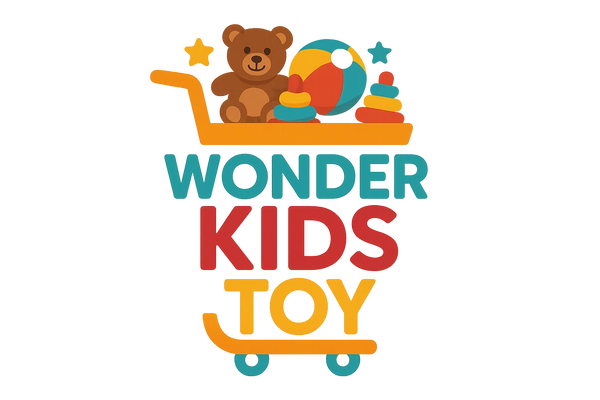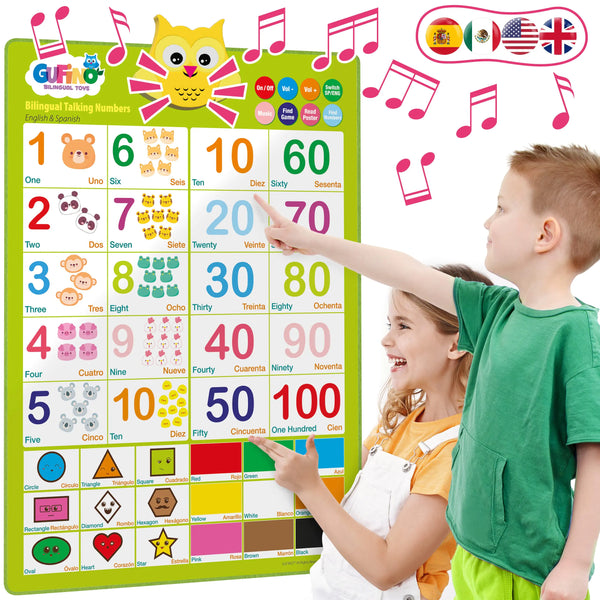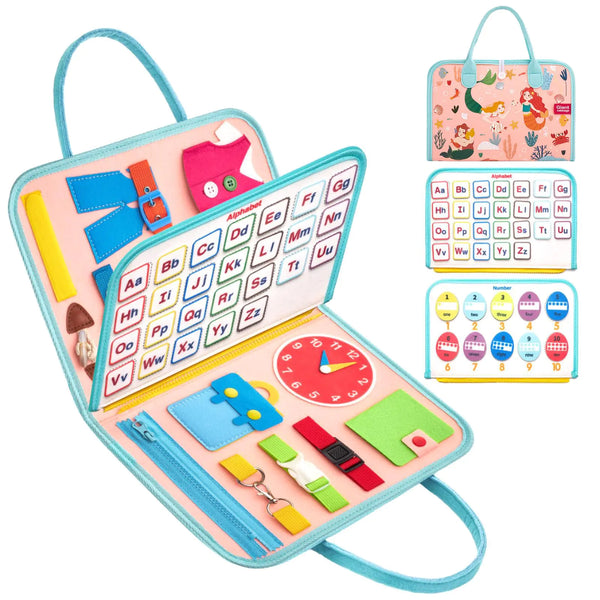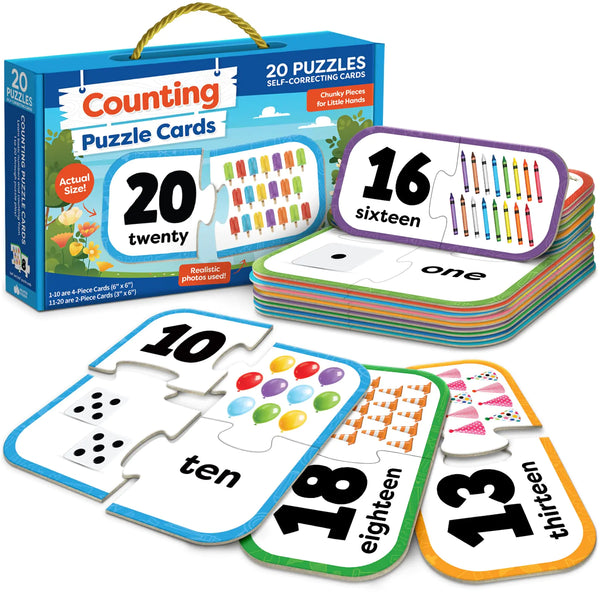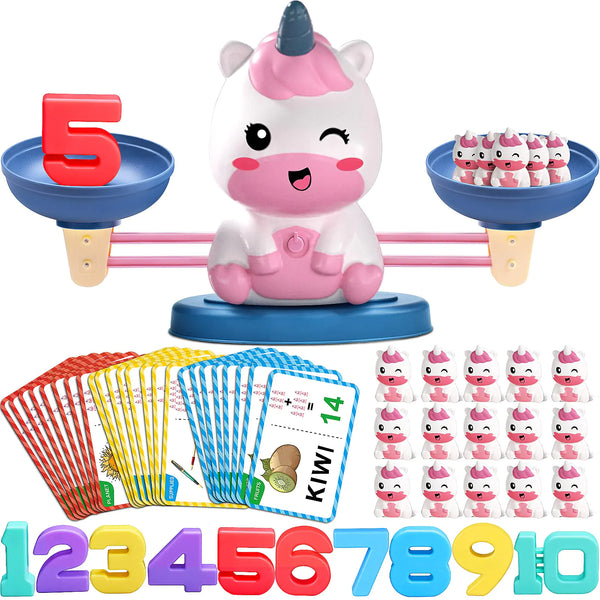As parents, we're constantly bombarded with flashy advertisements for the latest tech toys for kids. These colorful gadgets promise to transform our children into coding prodigies and future engineers. But behind the blinking lights and app connectivity lies a legitimate question: Are these often expensive tech toys truly worth the investment when it comes to developing valuable STEM skills?
With price tags ranging from $30 to well over $300, deciding whether to purchase that programmable robot or interactive coding kit isn't just about keeping up with the latest trends. It's about making a thoughtful investment in your child's educational future. Let's explore the real value behind tech toys for kids and determine if they deliver on their promises of STEM skill development.
The Educational Value of Tech Toys For Kids

When we talk about tech toys for kids, we're referring to a broad category that includes programmable robots, coding kits, electronic building sets, and interactive STEM gadgets. Unlike passive entertainment devices, quality tech toys actively engage children in the learning process through hands-on experimentation and problem-solving.
Key STEM Skills Developed Through Tech Toys
The best tech toys for kids don't just entertain—they educate. Research from the Joan Ganz Cooney Center shows that interactive tech toys can significantly enhance learning outcomes when they encourage active engagement rather than passive consumption. Here are the core STEM skills that well-designed tech toys help develop:
- Computational Thinking: Breaking down complex problems into manageable steps
- Logical Reasoning: Understanding cause and effect relationships
- Algorithmic Thinking: Creating step-by-step solutions to problems
- Spatial Awareness: Visualizing and manipulating objects in space
- Engineering Principles: Learning how components work together
According to a 2023 study published in the Journal of Educational Technology, children who regularly engage with quality tech toys show measurable improvements in problem-solving abilities and demonstrate greater persistence when facing challenges. These skills extend beyond the toy itself and transfer to academic performance.
What's particularly valuable is how tech toys for kids bridge the gap between abstract concepts and tangible experiences. When a child programs a robot to navigate a maze, they're not just playing—they're applying mathematical concepts, developing spatial reasoning, and learning the fundamentals of coding logic in a way that's both meaningful and memorable.
Age-Appropriate Tech Toy Progression
| Age Range | Recommended Tech Toy Types | Key Skills Developed | Expected Learning Outcomes |
| 5-6 years | Simple coding toys, basic circuit kits | Pattern recognition, sequential thinking | Understanding cause-effect relationships, following multi-step instructions |
| 7-8 years | Beginner robotics, block-based coding kits | Basic programming concepts, mechanical principles | Creating simple algorithms, problem decomposition |
| 9-10 years | Intermediate robotics, electronic invention kits | Logical reasoning, engineering fundamentals | Designing solutions, understanding systems thinking |
| 11-12 years | Advanced coding platforms, programmable microcontrollers | Computational thinking, complex problem-solving | Creating original projects, applying STEM concepts to real-world challenges |
Cost vs. Benefit: Are Tech Toys For Kids Worth the Price?

One of the biggest hesitations parents face when considering tech toys for kids is the price tag. With costs ranging from $30 for basic coding cards to $300+ for advanced robotics kits, it's natural to question whether these investments deliver proportional educational value.
Long-Term Educational Benefits
- Develops transferable skills applicable across subjects
- Builds technological literacy essential for future careers
- Creates foundation for advanced STEM concepts
- Encourages creative problem-solving abilities
- Many kits grow with your child through expandable features
Cost Considerations
- Higher initial investment than traditional toys
- Some require additional purchases (batteries, apps, expansions)
- Risk of technological obsolescence
- Potential for decreased interest over time
- Quality varies significantly between brands
Value Metrics: Measuring Return on Investment
When evaluating tech toys for kids, consider these practical metrics to determine true value:
Cost Per Hour of Engagement
A $100 tech toy that engages your child for 100 hours costs $1 per hour—comparable to movies or other entertainment, but with educational benefits. The best tech toys have high "replayability" through different challenges, levels, or configurations.
Skill Development Per Dollar
Consider how many distinct skills a toy develops relative to its cost. Quality tech toys often teach multiple concepts simultaneously (coding, engineering, physics) making them more cost-effective than single-purpose educational tools.
Longevity Factor
Open-ended tech toys for kids that grow with your child's abilities provide better value than those quickly outgrown. Look for platforms that offer progressive challenges or expandable capabilities.
Cross-Subject Application
The most valuable tech toys reinforce learning across multiple subjects. A robotics kit might simultaneously teach coding (computer science), gear ratios (physics), design thinking (engineering), and measurement (mathematics).
"The value of educational tech toys isn't just in the immediate play experience, but in how they shape a child's approach to learning and problem-solving for years to come. The best investments are those that spark curiosity and build confidence in tackling new challenges."
Addressing Common Concerns About Tech Toys For Kids

Screen Time Worries: Fact vs. Fiction
Many parents worry that tech toys will contribute to excessive screen time. However, there's an important distinction to make: not all screen time is created equal. The American Academy of Pediatrics distinguishes between passive consumption and active engagement with technology.
Passive Screen Time
Watching videos or playing simple games with limited interaction primarily for entertainment purposes.
Active Screen Time
Using technology to create, problem-solve, or learn through interactive engagement that requires critical thinking.
Quality tech toys for kids typically fall into the active category, promoting what experts call "purposeful screen time." Many coding toys and robotics kits actually blend physical manipulation with digital interfaces, creating a balanced approach to technology interaction.
Durability and Longevity Concerns
Another common concern is whether tech toys will stand the test of time—both physically and in terms of sustained interest. Here's what the data shows:
Physical Durability
Higher-quality tech toys are designed with children in mind, featuring impact-resistant materials and replaceable parts. According to consumer reports, premium tech toys from established educational brands have an average lifespan of 3-5 years with proper care—significantly longer than many traditional toys.
Interest Retention
Research from the Center for Childhood Creativity found that open-ended tech toys with progressive challenges maintain interest 4-5 times longer than single-purpose toys. The key is selecting tech toys that grow with your child's abilities through expandable features or increasing levels of difficulty.
Skill Retention and Transfer
Perhaps the most important question: Do the skills learned through tech toys actually stick and transfer to other areas of learning?
A longitudinal study by the MIT Media Lab found that children who engaged with coding and robotics toys demonstrated 26% better computational thinking skills two years later compared to peers without such exposure. Importantly, these skills transferred to improved performance in mathematics and science coursework.
The key to skill retention appears to be consistent engagement over time rather than intensive but brief exposure. This suggests that investing in fewer, higher-quality tech toys that maintain interest over years may be more beneficial than purchasing many simpler options that are quickly abandoned.
Top Tech Toys For Kids That Deliver Real STEM Value
Based on educational impact, durability, and sustained engagement value, here are our top recommendations for tech toys that truly deliver on their educational promises:

Thames & Kosmos Robotics Workshop
Ages 8-12 Engineering & Coding
This comprehensive robotics kit stands out for its exceptional balance of mechanical engineering and programming concepts. Children build up to 12 different robot configurations while learning about sensors, motors, and basic coding principles.
Educational Value:
- Introduces core robotics concepts through hands-on building
- Teaches both physical engineering and logical programming
- Progressive challenges maintain engagement for 1-2 years
- Includes detailed educational materials explaining scientific principles

Snap Circuits Pro Electronics Discovery Kit
Ages 8+ Electronics & Physics
This award-winning electronics kit teaches real circuit principles through snap-together components that eliminate the need for soldering or complex tools. With over 500 possible projects, it offers exceptional educational value and longevity.
Educational Value:
- Builds understanding of electrical engineering fundamentals
- Teaches circuit design through hands-on experimentation
- Projects increase in complexity as skills develop
- Concepts directly align with school science curriculum

LEGO Education SPIKE Prime Set
Ages 10+ Coding & Engineering
Combining the familiarity of LEGO with advanced coding capabilities, SPIKE Prime represents the gold standard in educational tech toys. The system uses real-world challenges to teach coding, engineering, and data science concepts.
Educational Value:
- Teaches text-based coding through engaging challenges
- Integrates mathematics and science principles
- Develops critical thinking through problem-based learning
- Aligns with STEM curriculum standards

Osmo Coding Starter Kit
Ages 5-10 Coding Fundamentals
This innovative system bridges physical and digital learning by allowing children to control on-screen activities with physical coding blocks. It's particularly effective for younger children just beginning to explore coding concepts.
Educational Value:
- Introduces coding logic through tangible manipulation
- Develops sequential thinking and problem-solving
- Provides immediate visual feedback for learning
- Grows with children through multiple apps and difficulty levels
How to Maximize the Value of Tech Toys For Kids

The educational potential of tech toys for kids isn't automatically realized upon purchase. How you integrate these tools into your child's learning environment significantly impacts their value. Here are strategies to maximize your investment:
Co-Play and Guided Discovery
Research consistently shows that parental involvement dramatically increases learning outcomes with educational technology. Spending even 15-20 minutes exploring a new tech toy alongside your child can:
- Deepen understanding of core concepts
- Model problem-solving approaches
- Create meaningful connections to real-world applications
- Strengthen parent-child bonds through shared learning
Establish Learning Routines
Rather than treating tech toys as occasional diversions, integrate them into regular learning routines:
- Set aside dedicated "tech learning time" each week
- Create project challenges that extend over multiple sessions
- Document progress through photos or journals
- Connect activities to school curriculum when possible
Expand Beyond the Instructions
The greatest value often comes when children move beyond the provided projects:
- Encourage modifications to existing projects
- Challenge children to combine concepts from different toys
- Pose real-world problems to solve using their tech tools
- Join online communities for additional project ideas
Expert Tip: The 80/20 Approach
Education technology researchers recommend spending approximately 20% of time learning how to use a tech toy and 80% applying that knowledge to creative projects and problem-solving. This ratio maximizes skill development and encourages innovation rather than just following instructions.
Conclusion: Are Tech Toys For Kids Worth the Investment?

After examining the educational benefits, cost considerations, and addressing common concerns about tech toys for kids, we can provide a nuanced answer to our original question: Yes, quality tech toys can be worth the investment—but with important qualifications.
When Tech Toys Deliver Maximum Value:
- When they align with your child's interests and provide progressive challenges that grow with their abilities
- When they teach transferable skills that extend beyond the toy itself into academic and real-world applications
- When they're supported by parental involvement that deepens learning and connects concepts
- When they're selected for educational quality rather than simply for entertainment or novelty
The most valuable tech toys for kids aren't those with the flashiest features or highest price tags, but those that engage children in authentic problem-solving, foster creativity, and build confidence in tackling challenges. They serve as tools that help children develop not just technical skills, but also the mindsets and approaches that will serve them throughout their educational journey.
As with any educational investment, the key is making informed choices based on your child's specific needs, interests, and learning style. By selecting quality tech toys that align with these factors and supporting their use through engaged parenting, you can transform what might seem like just another toy purchase into a meaningful investment in your child's future.
Ready to Invest in Your Child's STEM Future?
Explore our carefully curated collection of educational tech toys that deliver real value in developing critical STEM skills. From beginner-friendly coding kits to advanced robotics systems, find the perfect match for your child's interests and abilities.
Browse Engineering & Coding Toys →
